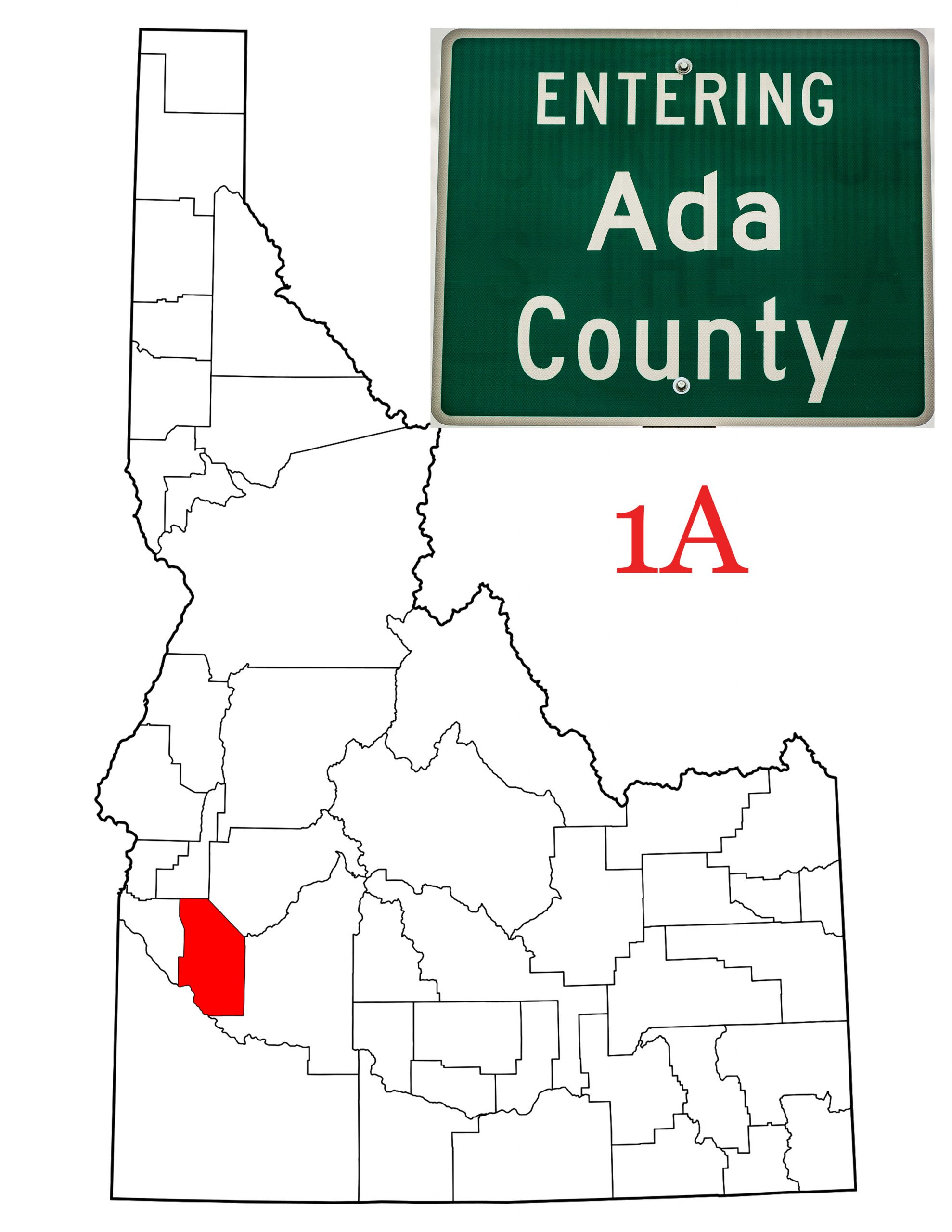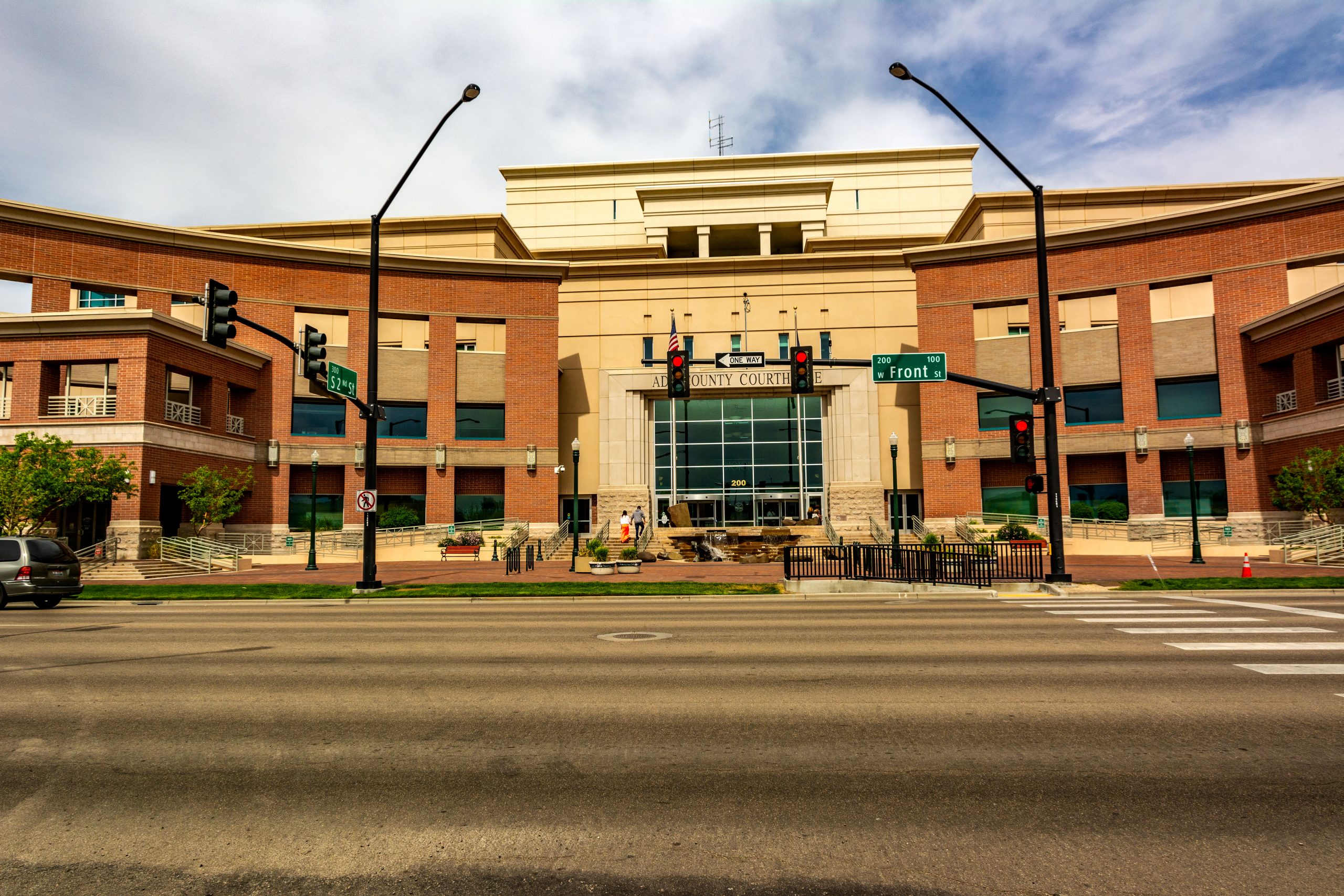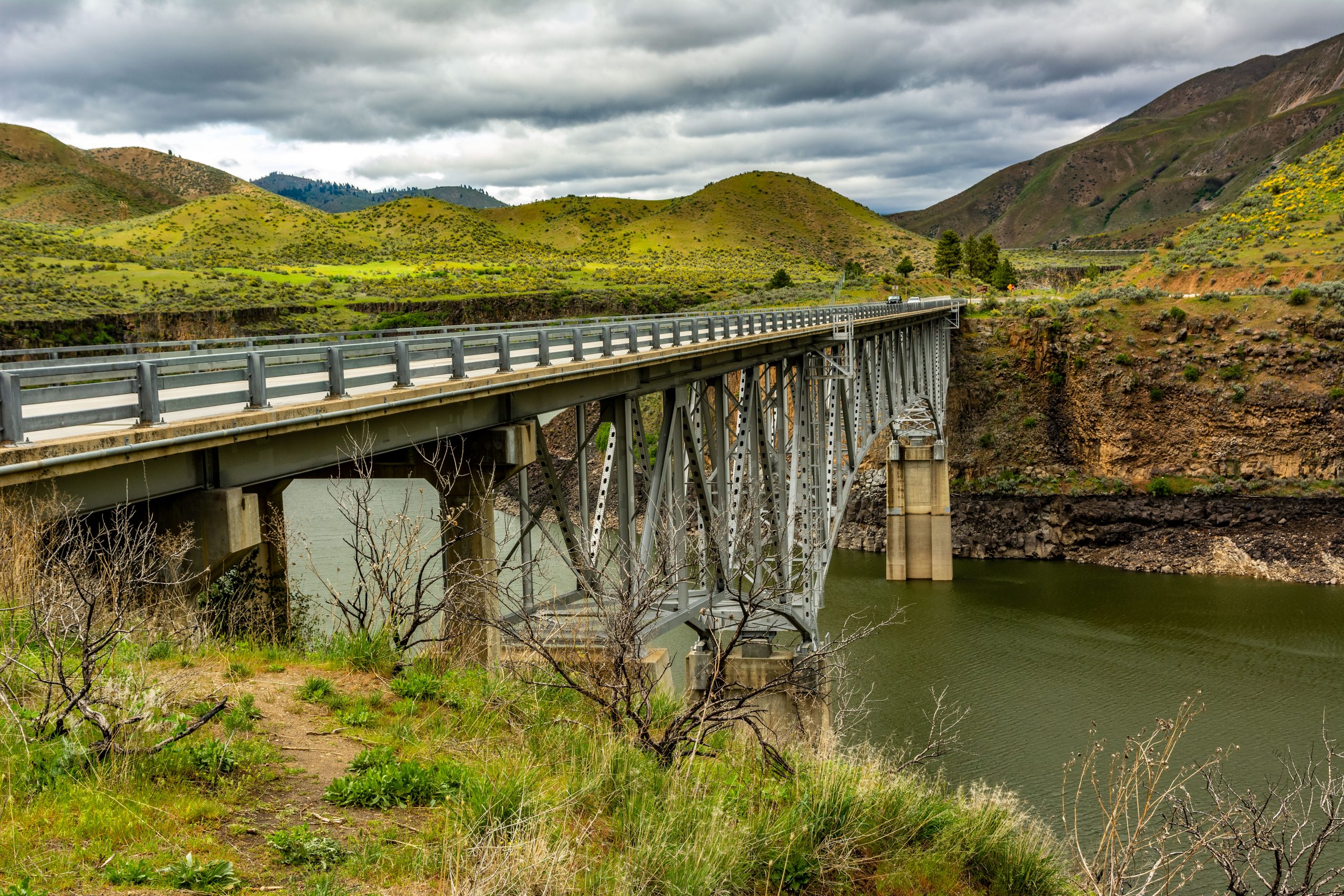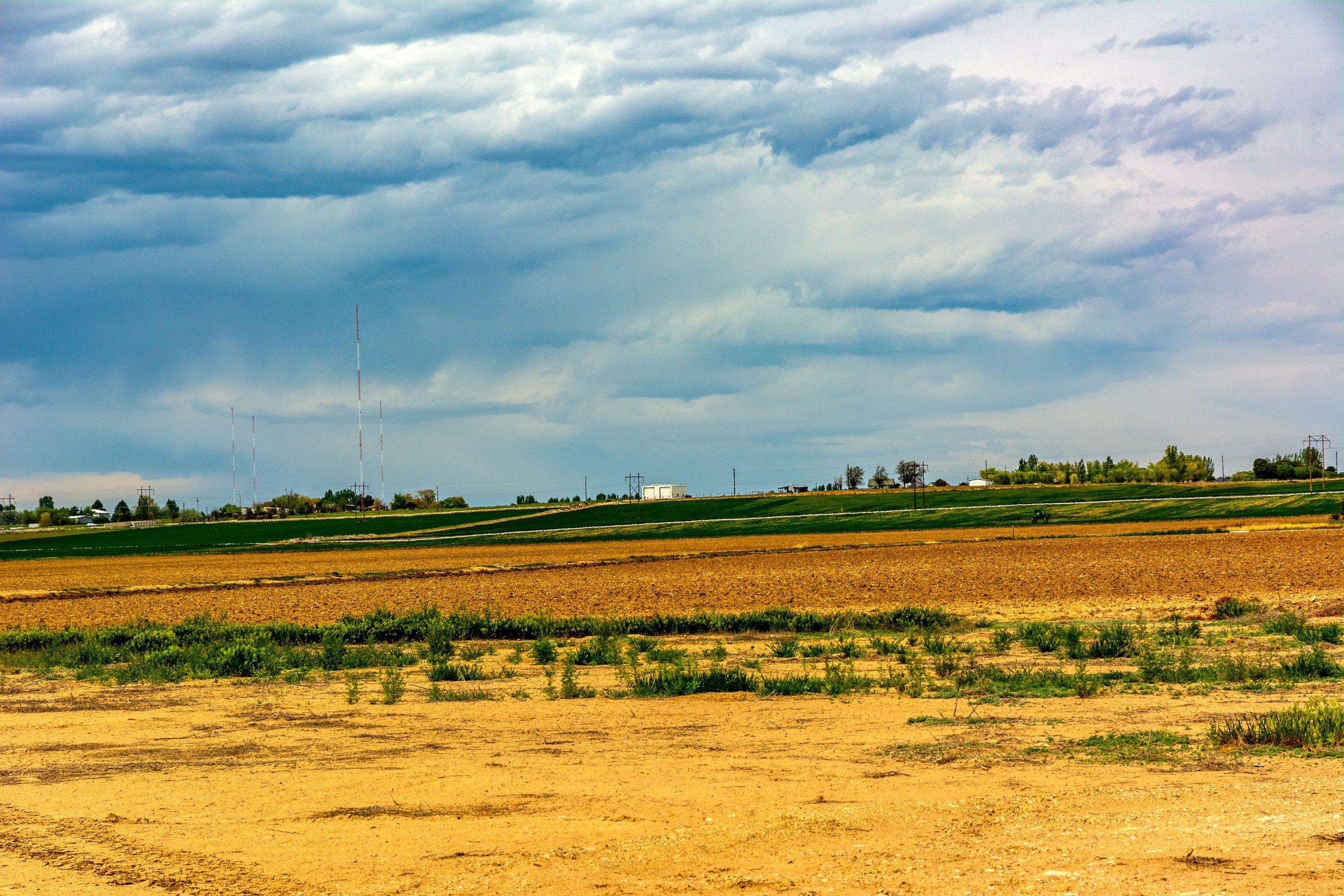Ada County, Idaho

Introduction to Ada County, Idaho
Largest of Idaho’s counties by population, Ada County, Idaho, is also home to the State’s Capitol, Boise State University, and a growing tech industry. Formed on December 22, 1864, Ada County takes its name from Ada Riggs, the daughter of one of the founders of Boise. The new county grew quickly, increasing in population every decennial as shown by the U.S. Census figures available since 1870.
The land for Ada County came from Boise County, one of the original counties of Idaho Territory. By 1917, Ada County gave up land to form Washington County (1879) and Canyon County (1892). The latter in turn gave up land for Gem County (1915) and Payette County (1917). Today the county covers 1,060 square miles, of which almost 8 square miles are water. According to the 2010 U.S. Census, 392,365 people, 90% of which are white, live in Ada County. The County is bisected east to west by the Boise River. Most of the county’s population lives in the valley formed by that waterway.

History of Ada County, Idaho
The Boise River Valley formed a natural travel corridor. By 1811, both British and American trappers were coming through the area. The Oregon Trail followed the trappers’ footsteps. Beginning in the late 1830s, farmers bound for Oregon Country passed through. In 1862, prospectors discovered gold in the mountains north of the river. Only then did people began to stay in the region. Even then, most of the miners left once they had “struck it rich.”

Some settlers “mined the miners,” the merchants and trades people who profited by serving the needs of the miners themselves. Those entrepreneurs included a pair of brothers who themselves came to the area as miners. Tom and Frank Davis gave up mining for farming. In partnership with George Ellis, another early miner turned entrepreneur, the Davis brothers started the first apple orchard in Idaho Territory. For years the partnership supplied fruit to the mining community. Henry Chiles Riggs, Senior, father of Ada Riggs, arrived in the area in 1863. Historians recognize him as one of the founders of the city of Boise. Riggs served in the first territorial legislature. He was one of the principal architects of the controversial move of the territorial capital from Lewiston to the new city of Boise.
Boise, Ada County’s largest city
Boise, incorporated in 1863, sits at a crossroads. The Oregon Trail led west and the routes to the gold and silver mines led to the north and the south respectively. Cottenwood trees lined the river banks. Legend says that French trappers named the river “la rivière boisée” (the wooded river), and the name stuck. With the establishment of the territorial capital in Boise, the area prospered and grew. Today the Boise-Nampa Metropolitan Area includes parts of five counties with over 600,000 residents. That makes it the third largest metropolitan area in the Northwest, after Seattle and Portland.
The Protestant Episcopal Church founded Boise State University (as Boise Junior College) in 1932. The institution became independent two years later. In 1965, it became a four-year institution. In 1969, it became part of the state university system, and in 1974 it joined the University of Idaho in Moscow, and Idaho State University in Pocatello, as Boise State University. Today, its 22,000+ full time equivalent students makes it the largest institution of higher education in the state. It is on track to become a “Metropolitan Research Institution of Distinction,” although no one is quite sure what that term actually means.
Technology in Ada County, Idaho
Clearly, technology has taken hold in the Boise Valley. Tech forms one of the leading employers in the state. Hewlett-Packard came to the area in 1973 and developed their Laser Jet printer here. Today, with over 4,000 employees, H-P is a major part of the Boise economy. Other tech companies have followed suit, including Micron Technology, White Cloud Analytics, Keynetics, Inovus Solar, and many, many more. Surprisingly for a state capital, only two percent of the workforce is employed in government jobs, while 79% are either wage-earning or salaried employees of private industry. Another 19% are self-employed.

Southern Ada County, Idaho
The Boise Valley itself is heavily populated. South of the town of Kuna, however, almost two-thirds of the land area of Ada County remains relatively empty. The Idaho Army National Guard Orchard Training Area, which restricts access to the public, lies here, as does the Snake River Birds of Prey National Conservation Area. Established in 1993, this desert area has the largest number of nesting raptors in North America. In addition to the hawks, eagles and owls that nest here, birders can find an amazing assortment of songbirds, shore birds, and waterfowl in the protected area.
Meridian and other communities in Ada County, Idaho
Due west of Boise sits Idaho’s third largest city, Meridian. Christian Zenger filed the original town site plat. Zenger’s relatives moved west from Missouri to settle the arid land. Thanks to irrigation, apple and prune orchards flourished in the area in the early twentieth century. In 1941, the town became a city, and in the last decades of the twentieth century, the population skyrocketed. From 2,600 residents in 1970, to 9,600 in 1990, to almost 35,000 in 2000, the city became Idaho’s fastest growing city. It passed 75,000 residents in the 2010 Census. (Idaho’s second largest city, Nampa, lies just west of Meridian in neighboring Canyon County.)
Other incorporated communities in Ada County include Eagle (2010 population 19,908), Garden City (10,972), Kuna (15,210, up from 5,382 in 2000) and Star (5,793) and there is a census-designated place called Hidden Spring, a planned community of 2,280 in the Dry Creek Valley. Garden City is almost surrounded by the City of Boise. All these communities have grown tremendously in the past twenty years as people have moved into the Boise Valley.

Author’s Note:
Previously I have written up the fifty-six counties of Montana, and have posted each on line. They can be found on my Montana Counties blog. I have also begun the project of writing up each of Washington State’s thirty-nine counties. Those can be found on this blog. In this time of travel restrictions, I am returning to an earlier project: Idaho’s forty-four counties. Not all will have photos at this time. I promise to come back and rectify that omission when I am back to traveling, camera in hand.
![]()

This article offers clear idea designed for the new users of blogging, that actually how to do blogging. Eleanor Ichabod Shevlo
I’m glad you found value in my post. Please consider subscribing so you don’t miss future posts. –Bryan
I really liked your blog post. Much thanks again. Cool. Emmaline Gale Briny
Thank you for taking the time to comment on my post. –Bryan
Thank you for sharing this post really great and wonderful article. You are talking about Agra Monuments which are really well-written. Laure Alexandr Peirce
Thank you for taking the time to comment on my post. Not sure what you mean about the Agra Monuments, though, as I have never been to India. –Bryan
Beautiful pictures and interesting description. Thank you Masako. Alyda Murray Seaver
Thank you for taking the time to comment on my post. Please consider subscribing so you’ll always know when a new post is ready. –Bryan
Hi there, after reading this remarkable post i am too happy to share my experience here with colleagues. Manya Carny Robbie
Thank you. –Bryan
Hello. This post was extremely fascinating, especially because I was investigating for thoughts on this subject last Sunday. Nona Brendan Costa
Thank you. –Bryan
I am regular reader, how are you everybody? This piece of writing posted at this web page is really pleasant. Genia Alvie Levi
Thank you. –Bryan
Amazing! Its truly remarkable piece of writing, I have got much clear idea on the topic of from this article. Katy Mattias Launce
Thank you. –Bryan
“Great, thanks for sharing this blog post.Really looking forward to read more. Will read on…” Tammera Moultry
Thank you. –Bryan
I quite like reading through an article that can make people think.
Also, many thanks for allowing me to comment!
Thank you. –Bryan
This blog was… how do I say it? Relevant!! Finally I’ve found something which
helped me. Thank you!
Thank you. -Bryan
It’s truly a great and useful piece of information. I’m glad that you just shared this useful information with us. Please stay us informed like this. Thanks for sharing. Karl Jeppesen
Thank you. –Bryan
Thank you. –Bryan